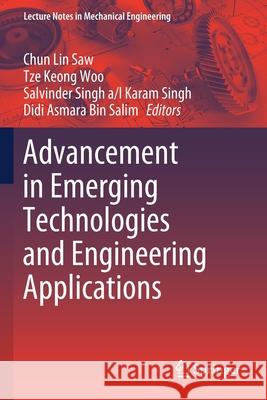Advancement in Emerging Technologies and Engineering Applications » książka
topmenu
Advancement in Emerging Technologies and Engineering Applications
ISBN-13: 9789811500046 / Angielski / Miękka / 2020 / 442 str.
Advancement in Emerging Technologies and Engineering Applications
ISBN-13: 9789811500046 / Angielski / Miękka / 2020 / 442 str.
cena 585,00 zł
(netto: 557,14 VAT: 5%)
Najniższa cena z 30 dni: 578,30 zł
(netto: 557,14 VAT: 5%)
Najniższa cena z 30 dni: 578,30 zł
Termin realizacji zamówienia:
ok. 20 dni roboczych.
ok. 20 dni roboczych.
Darmowa dostawa!
Kategorie:
Kategorie BISAC:
Wydawca:
Springer
Seria wydawnicza:
Język:
Angielski
ISBN-13:
9789811500046
Rok wydania:
2020
Wydanie:
2020
Numer serii:
000459769
Ilość stron:
442
Waga:
0.63 kg
Wymiary:
23.39 x 15.6 x 2.34
Oprawa:
Miękka
Wolumenów:
01
Dodatkowe informacje:
Wydanie ilustrowane











